
For gravity-oriented mountain bikers, the Fox DHX RC4 should already be familiar. But if you’re just starting to get serious about DH mountain biking, read on to learn about this essential upgrade.
The DHX is your top level rear shock from Fox with more features than you can shake a stick at. For the techie rider you’ll love playing with this unit to get it to do exactly what you want. With 15 rebound settings, 18 low speed compression settings, and 12 high speed compression settings (plus 4 turns of bottom out control), this shock is all business.

The Fox DHX RC4 is a high performance, racing-oriented rear shock designed to give you complete freedom to set up and control your rear wheel. Fox spent a ton of time dialing the shock in and incorporating their Boost Valve technology and the latest Boost Valve implementation features speed-sensitive dampening control over the last third of the shock travel. This means the shaft speed of the shock determines the amount of dampening you get as you approach the end of the shock travel. So those big drops and rock gardens that are your nemesis now become non-issues. Working in parallel with the Boost Valve are the two compression circuits (high and low speed) and the rebound circuit, providing precise control over the rear end of your bike.

With all those potential adjustments, setting up the RC4 takes a bit of time (it gets easier the more you do it). You’ll want to make sure you have a reference spring rate before you get started – check with Fox or your frame manufacturer if you’re not sure. My Opus Nelson with 7 inches of wheel travel and a shock travel of 2.75 inches has a leverage ratio of approximately 2.54. So being 200lbs with gear and knowing I gotta stop that mass in about 2.3 inches (to prevent excessive bottoming) plus the fact that my previous spring felt a bit too soft, I went with a 450lb spring (200lb x 2.3″= 460lb/inch approximately). With this spring I use very little pre-load which is a good thing. I opted for the titanium version to keep the weight down on my bike, though steel springs are much more affordable and cost about $30 each.
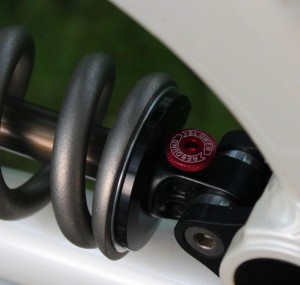 Once the spring was in and installed correctly (make sure the ends of the spring are seated on the lower retainer and not in the gap), I set the sag according to the table in the owner’s manual. From there I headed to the slopes at Blue Mountain and the flowy Haole trail with a 2.5mm and 3mm allen key for some fine tuning. I have a checklist I use for setting up my shocks starting with low speed compression, high speed compression, then rebound. After those are set I work on the extras like Boost Valve.
Once the spring was in and installed correctly (make sure the ends of the spring are seated on the lower retainer and not in the gap), I set the sag according to the table in the owner’s manual. From there I headed to the slopes at Blue Mountain and the flowy Haole trail with a 2.5mm and 3mm allen key for some fine tuning. I have a checklist I use for setting up my shocks starting with low speed compression, high speed compression, then rebound. After those are set I work on the extras like Boost Valve.
The Haole trail at Blue Mountain features sections of slow rises and falls as well as mildly rooted sections and a few small jump features. There are also some sweeping berms and switchbacks which are perfect for configuring low speed compression settings. So after a few runs I ended up going with 10 turns back from full +ve. After I was happy with that setting I concentrated on the high speed compression. Going to another slope with squared edged rocks and heavily rooted sections I sessioned Waterfall and O-chute (black diamond and double black diamond runs). This is a perfect workout for any shock and I ended up with a setting of 6 from full +ve. Finally I turned my attention to the rebound which I had been playing with throughout the day and finally settled on 8 from full +ve. Tweeking the Boost Valve to get just the right amount of rise on the spring rate I ended up with 1.5 turns back from full-in.
So how did the DHX RC4 do? Well, so far this is my favorite coil shock I’ve ridden. It’s very smooth and produces virtually zero sticktion. Plus I can feel everything on the slope with this shock.
At one point I did back-to-back runs with the RC4 installed on my FR bike and my DH bike and found this shock allowed my FR bike to give my DH bike a run for its money. Sure it would have been a better test to use identical bikes but knowing both bikes very well I could say that the traction off the back on my FR bike was superior. The RC4 produced smoother tracking in the rear end compared to the banging I felt on the other bike. I found I could really toss the bike deeper and faster into corners with the rear end hooking up nicely.
I would definitely recommend the DHX RC4 for anyone upgrading their rig or planning on stepping up their game on the race circuit. For $585 MSRP for the shock plus $30 for a steel spring you’re getting a world-class rear shock well worth the coin for your AM-DH rig.
I would like to thank the folks at FOX for sending up the 2011 DHX RC4 for review.








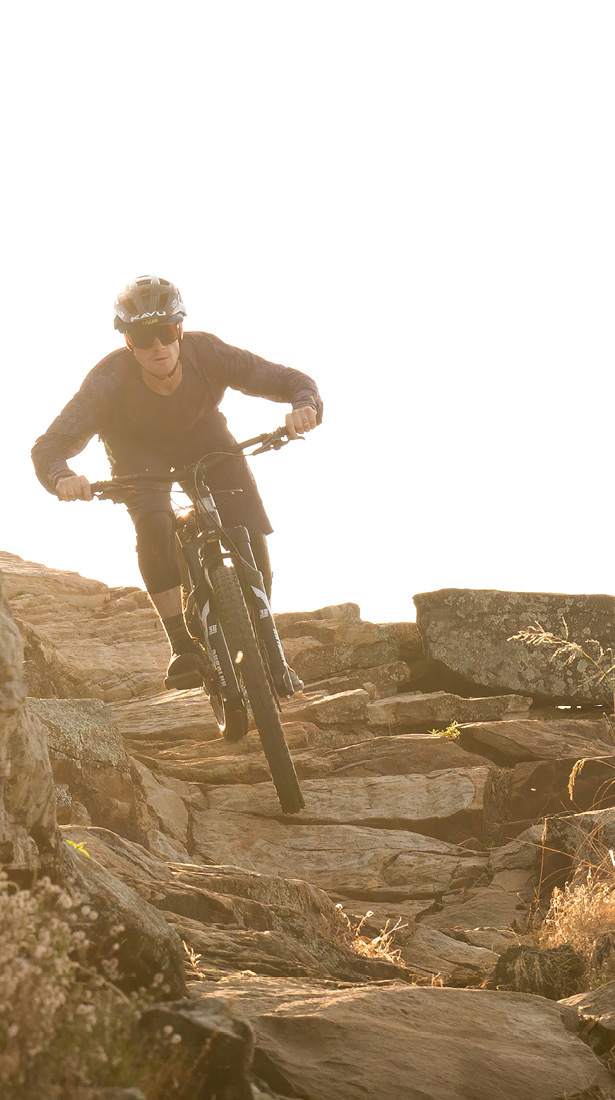

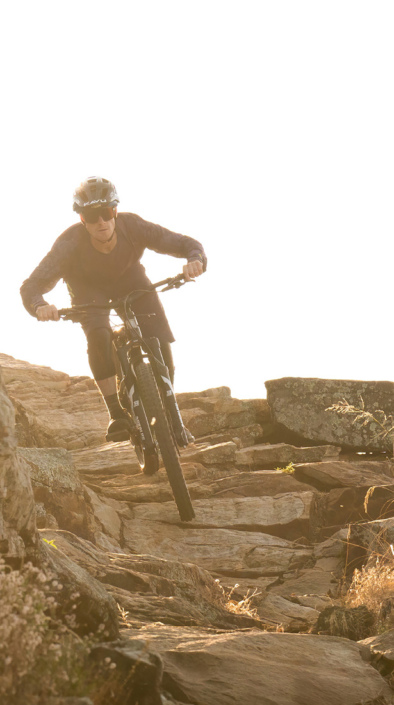




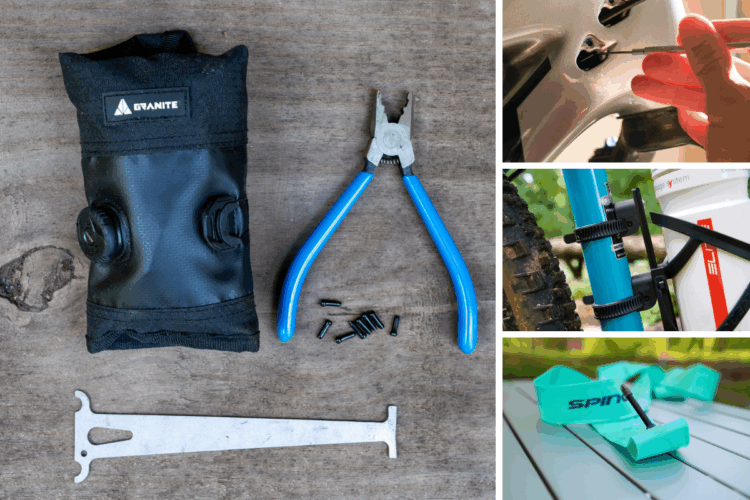
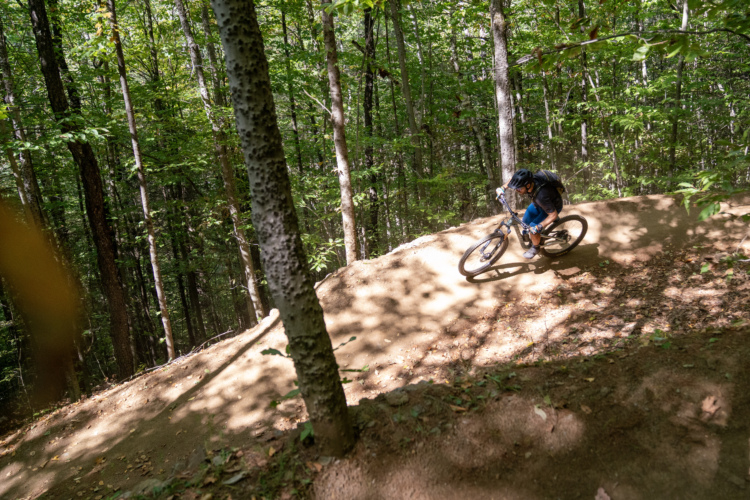
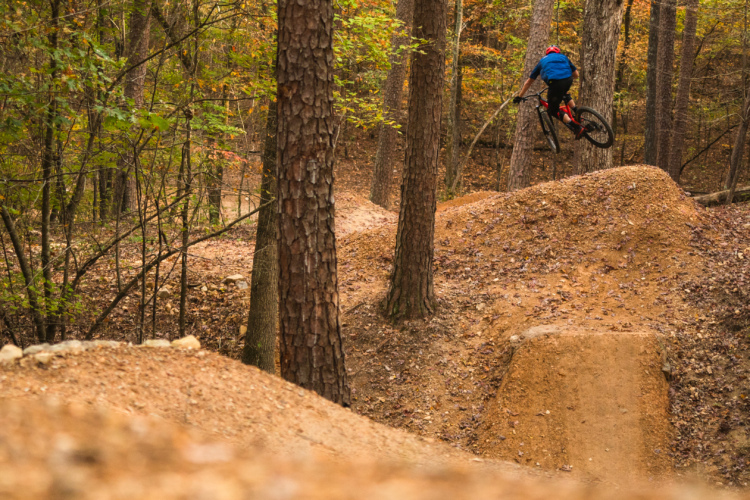


0 Comments